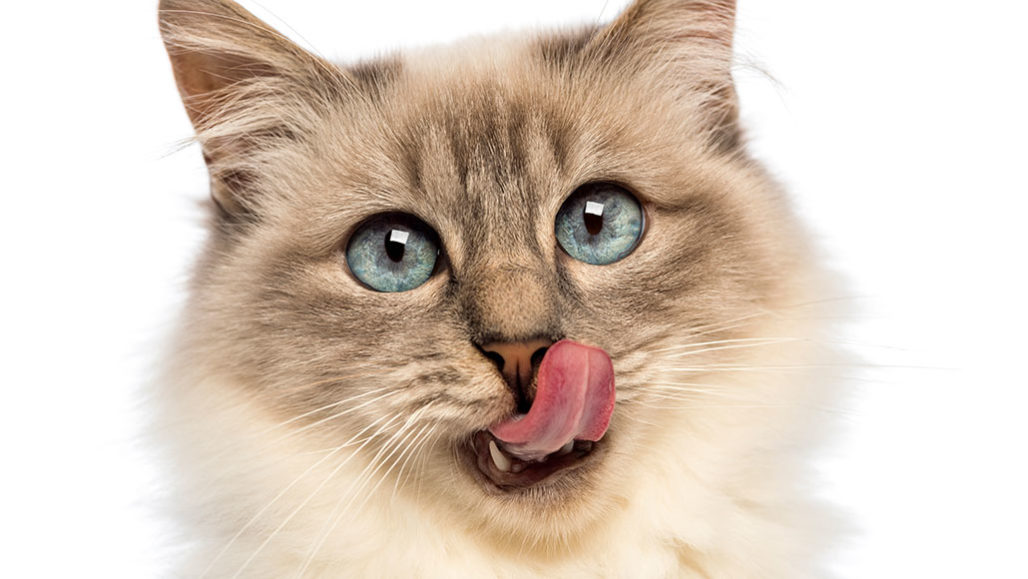breed: (noun) Animals within the same species that are so genetically similar that they produce reliable and characteristic traits. German shepherds and dachshunds, for instance, are examples of dog breeds. (verb) To produce offspring through reproduction.
crepuscular: An adjective that describes animals that are active during twilight.
DNA: (short for deoxyribonucleic acid) A long, double-stranded and spiral-shaped molecule inside most living cells that carries genetic instructions. It is built on a backbone of phosphorus, oxygen, and carbon atoms. In all living things, from plants and animals to microbes, these instructions tell cells which molecules to make.
domestication: A process of producing a tame version of an animal from a wild one, which can take thousands of years. A domesticated animal is one that has been bred in captivity.
feline: Adjective for something having to do with cats (wild or domestic) or their behaviors.
genetic: Having to do with chromosomes, DNA and the genes contained within DNA. The field of science dealing with these biological instructions is known as genetics. People who work in this field are geneticists.
gland: A cell, a group of cells or an organ that produces and discharges a substance (or “secretion”) for use elsewhere in the body or in a body cavity, or for elimination from the body.
migration: (v. migrate) Movement from one region or habitat to another, especially regularly (and according to the seasons) or to cope with some driving force (such as climate or war). An individual that makes this move is known as a migrant.
protein: A compound made from one or more long chains of amino acids. Proteins are an essential part of all living organisms. They form the basis of living cells, muscle and tissues; they also do the work inside of cells. Among the better-known, stand-alone proteins are the hemoglobin (in blood) and the antibodies (also in blood) that attempt to fight infections. Medicines frequently work by latching onto proteins.
salivary glands: These organs make saliva that moves through ducts into the mouth. Saliva helps animals swallow and chew their food.
sebaceous glands: Structures in the skin that secrete oil. That oil can waterproof the skin and keep it from drying out.
species: A group of similar organisms capable of producing offspring that can survive and reproduce.
trait: A characteristic feature of something. (in genetics) A quality or characteristic that can be inherited.

